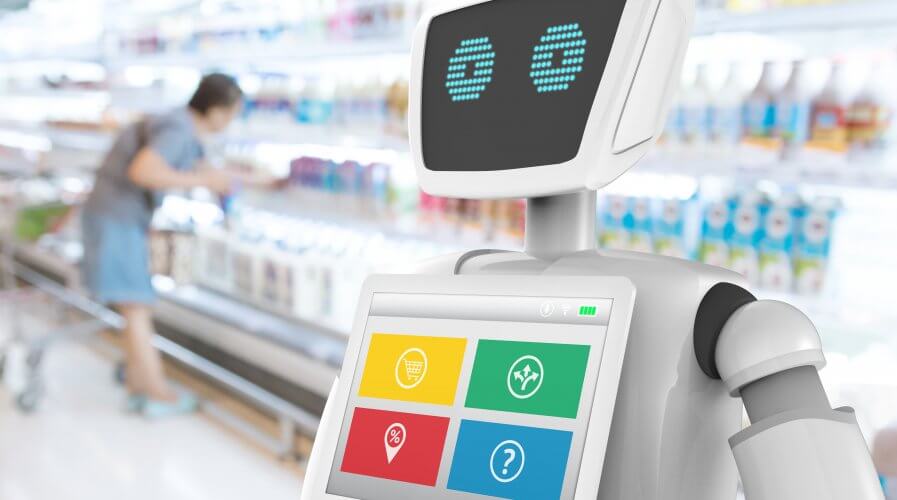
While the trend of widespread adoption of AI across all industries set to continue in the coming years, the retail industry is expected to see a notable increase in AI application that will transform the industry altogether. Source: Shutterstock
Here’s how the AI revolution is transforming your favorite retailers
ARTIFICIAL intelligence or AI is no longer a future technology. It is already here, and various industries have already adopted the technology to optimize production and increase efficiency.
While the trend of widespread adoption of AI across all industries set to continue in the coming years, the retail sector is expected to see a notable increase in AI applications that will transform the industry altogether.
According to a new study, the retail industry will increasingly deploy AI this year in tandem with the human workforce to minimize errors and enhance the customer experience.
In fact, of the 1900 retail and consumer product representative surveyed, 40 percent are already applying AI-driven automation to their operations, and adoption is expected to exceed 80 percent in the next three years.
Here are some of the aspects of the retail industry that is set to be revolutionized by AI in the coming years.
# 1 | Supply chain planning
Supply chain aspect of retail operations generally involves syncing of numerous functions such as materials or product sourcing, distributions, and transportation. These functions are currently organized manually.
AI-powered automation will enable collaborations of different operations with quick and fast analysis which will allow retailers to make real-time business decisions on top of ensuring that the supply matches the demand.
Up to 85 percent of retail and 79 percent of consumer product companies – surveyed in the study – claimed that they are planning to implement AI solutions for their supply chain planning.
# 2 | Forecasting demand
Tools that are using AI and machine learning algorithms could also be used to optimize demand forecasting, and 85 percent of retail businesses intend to deploy AI for that purpose.
Automated systems are capable of direct workflow to automatically update and tweak work orders to stock up inventory based on real-time spikes and dips in demand.
# 3 | Customer insights
Companies are already using AI automation processes that derive valuable insights on existing datasets, but the in the in next three years there will be more retail enterprise incorporating AI for customer intelligence.
This uptick in adoption indicates that automation will be applied to perform increasingly sophisticated analysis of bigger data-sets for more accurate and detailed insights.
# 4 | Marketing and advertising
Companies have started building up a sizeable data-set on their customers regarding their preferences and buying habits.
Due to the cumbersome process of manually analyzing data, however, it was rarely used in marketing or to tailor a personalized campaign to boost conversion rate nor enhance customer experience.
AI will change that. With AI-powered campaign automation software, marketing teams could produce a quality personalized campaign which will lead to a higher rate of success and eventually conversion.
# 5 | Store operations
Seventy-three percent of the retail companies surveyed said that they are adopting automation to improve their store operations.
As every store is unique, AI-powered automation will analyze data from each store to help provide highly localized solutions and services, as opposed to blanket operating procedures often crafted at corporate levels, based on traditional business strategies.
By optimizing operations based on needs, AI will reduce cost and wastages.
# 6 | Pricing and promotion
As data become more nuanced and varied due to the different geographic locations, customer profile, the available supply, and local demand, AI-powered tools can be utilized to help with optimizing the pricing of product and services.
This way, products could be priced to sell, without affecting the bottom line.
In conclusion, the adoption of AI-based solutions within the retail space is no longer a matter of if, but when and how.
Since consumers can be wary of new technologies, integrating AI into retail has to be done in a transparent manner that benefits the customers.
READ MORE
- Ethical AI: The renewed importance of safeguarding data and customer privacy in Generative AI applications
- How Japan balances AI-driven opportunities with cybersecurity needs
- Deploying SASE: Benchmarking your approach
- Insurance everywhere all at once: the digital transformation of the APAC insurance industry
- Google parent Alphabet eyes HubSpot: A potential acquisition shaping the future of CRM






